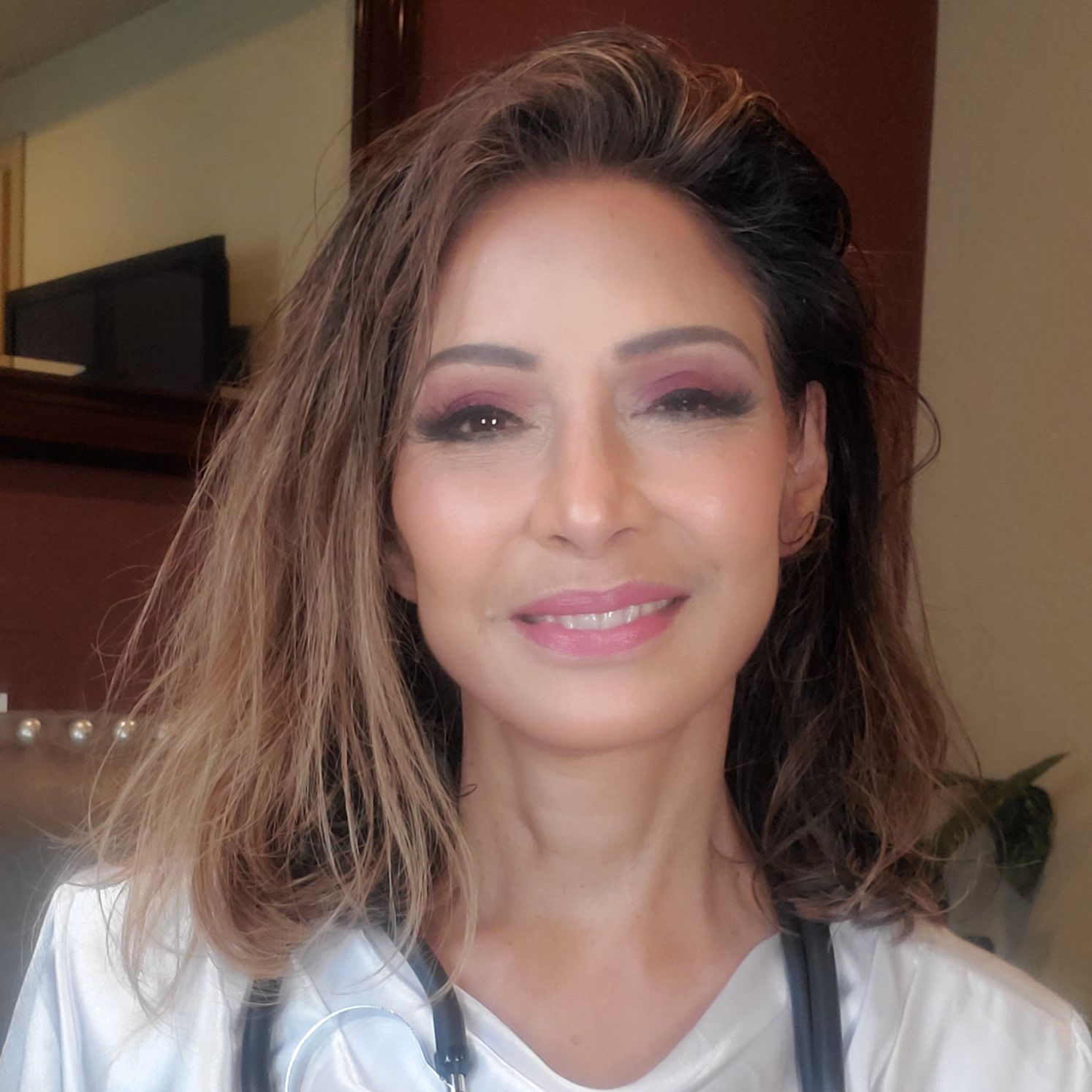Chiropractic Treatment of Migraine Headache in Salem, OR
With the Migraine Research Foundation reporting that migraines affect 38 million adults and children in the United States (more than diabetes and asthma put together), it's no surprise that Oregon Medical Centers PC sees a lot of migraine patients in our Aloha / Beaverton, OR office. Although some folks try to relieve migraine pain with medications, chiropractic is a fantastic, all-natural approach that often provides positive results.
Research Proves Chiropractic Care Helps With Migraines
For example, one report published in the Journal of Manipulative and Physiological Therapeutics involved 127 patients ranging in age from 10 to 70-years-old who suffered with frequent (at least monthly) migraines. Each subject received up to 16 chiropractic sessions. The patients noted that their headache frequency, duration, and disability two months before the study began, during the duration of the sessions (which was two months), and two months post-treatment.
What the researchers discovered is that chiropractic adjustments reduced the frequency, duration, and disability of the migraine pain when compared with the control group who didn't receive chiropractic. In addition, this enabled them to take less medication for the pain, providing them an all-natural answer for a chronic problem.
Another paper found that a combination of chiropractic and neck massage reduced migraine headaches almost 68%.
If you have migraine headache pain and are looking for relief, call Oregon Medical Centers PC today and request an appointment in our Aloha / Beaverton, OR chiropractic office. We'll do what we can to help you become pain-free!
References
Migraine Fact Sheet. Migraine Research Foundation. Retrieved from http://www.migraineresearchfoundation.org/fact-sheet.html on November 2, 2015
Noudeh Y et al. (2012). Reduction of current migraine headache pain following neck massage and spinal manipulation. International Journal of Therapeutic Massage & Bodywork;5(1):5-13
Tuchin P et al. (2000, February). A randomized controlled trial of chiropractic spinal manipulative therapy for migraine. Journal of Manipulative and Physiological Therapeutics;23(2):91-5




